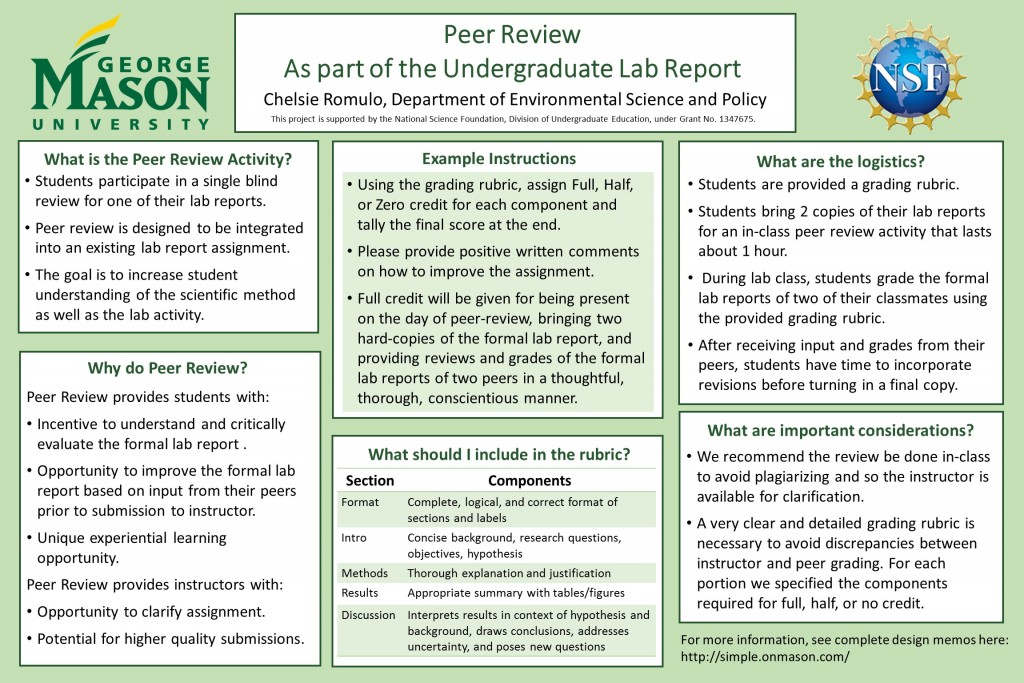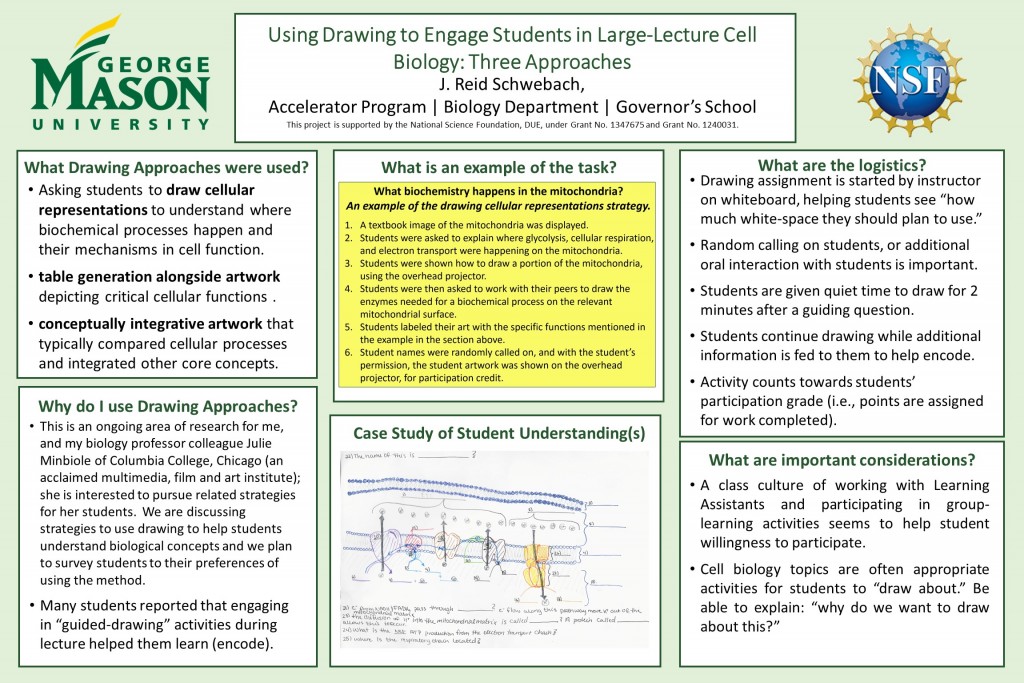What is the strategy?
During the semester, in-class drawing activities were used to foster student engagement in several ways. In general, three strategies were used: (1) Asking students to draw cellular representations to understand where biochemical processes happen and their mechanisms in cell function (e.g., drawing the mitochondria, labeling pH values of compartments, and drawing ATP synthase facing the appropriate direction); (2) table generation alongside artwork depicting critical cellular functions (CAM, C3 and C4 photosynthetic pathways is a major example); and (3) conceptually integrative artwork that typically compared cellular processes and integrated other core concepts (cell cycle and mitosis vs. meiosis is a major example). A notecard process (see prior design memo by Schwebach) was used for students to share their artwork with the class. Students were told to discuss lecture content or solve problems with their peers (these discussions would take about 5 min. from initiation to students reporting out), using the artwork as a conversation piece and some of the art was handed in for extra credit or for participation points to show the class how other students were thinking about critical concepts in cell biology.

